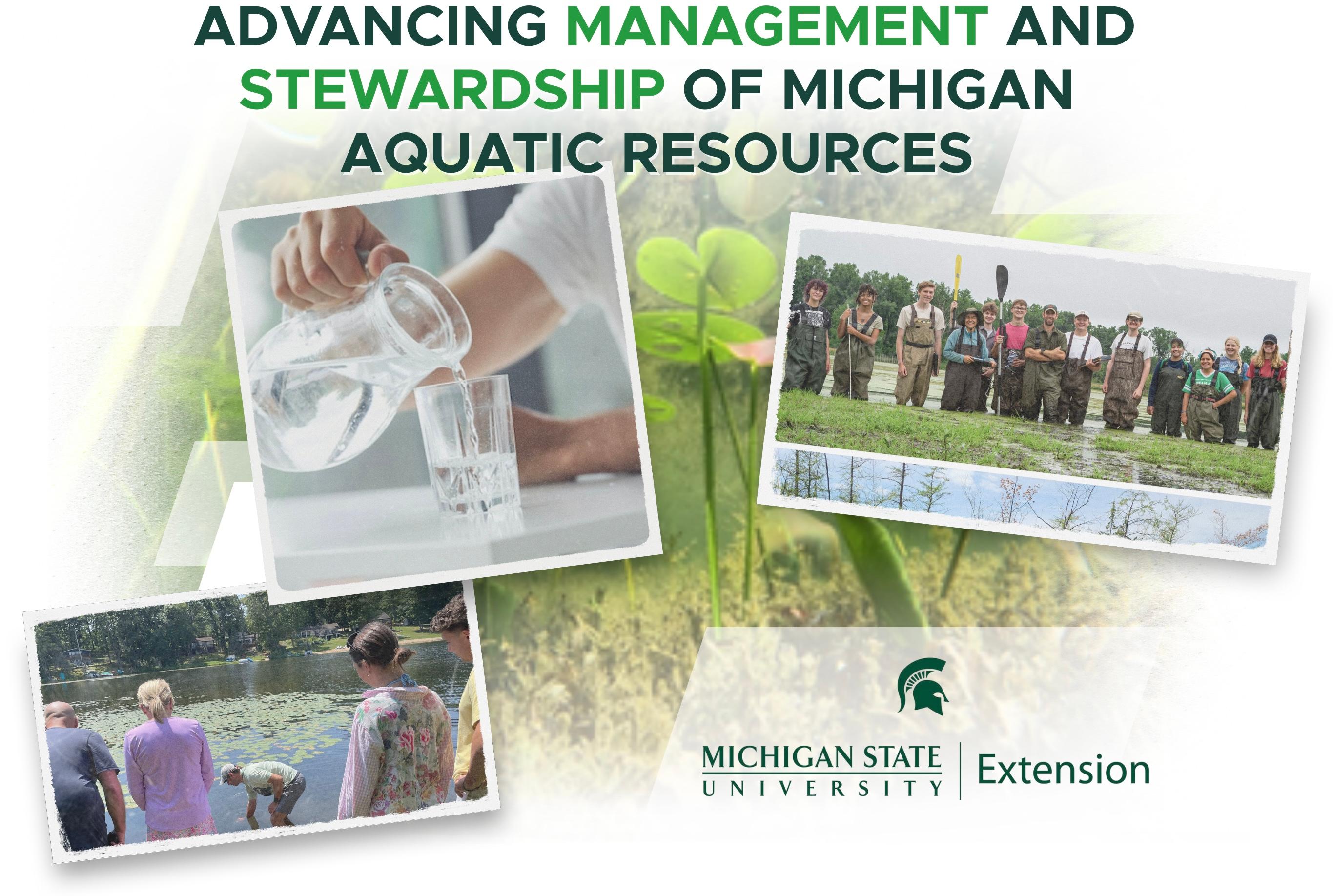Michigan’s inland lakes support, rich, underwater plant communities that are vital for fish, habitat, and healthy ecosystems.
Dr. Jeremy Hartsock, Aquatic/Wetland Ecologist and Outreach Specialist with the Department of Fisheries and Wildlife and the Institute of Water Research at Michigan State University (MSU), is working to advance inland lake ecology.
Hartsock’s work focuses on characterizing inland lake aquatic plant communities, reporting aquatic invasive species detections, managing lake ecosystems, and improving decision-makers’ knowledge for sound water resources management.
Since 2022, Hartsock and his team have surveyed aquatic plant communities in 91 inland lakes across Michigan. With support from the U.S. Forest Service, Michigan Department of Natural Resources (MDNR), and the Michigan Department of Environment, Great Lakes, and Energy (EGLE), they plan to survey 40 additional lakes in the Huron-Manistee National Forests in summer 2025.
The project employs a quantitative point-intercept survey design that creates standardized, repeatable data collection methods. “We are hopeful our survey design will be adopted by other agencies and lake management companies to standardize the way plant data are collected going forward,” says Hartsock.
This work has already yielded important results, including detection of new populations of both rare and invasive species. In addition to the scientific value, the project has provided hands-on research experience for seven undergraduate students since its inception.
Hartsock is part of a larger team of MSU researchers working to better understand aquatic plant communities in Michigan. Together, they are building a comprehensive dataset to track both native and invasive species.




 Print
Print Email
Email